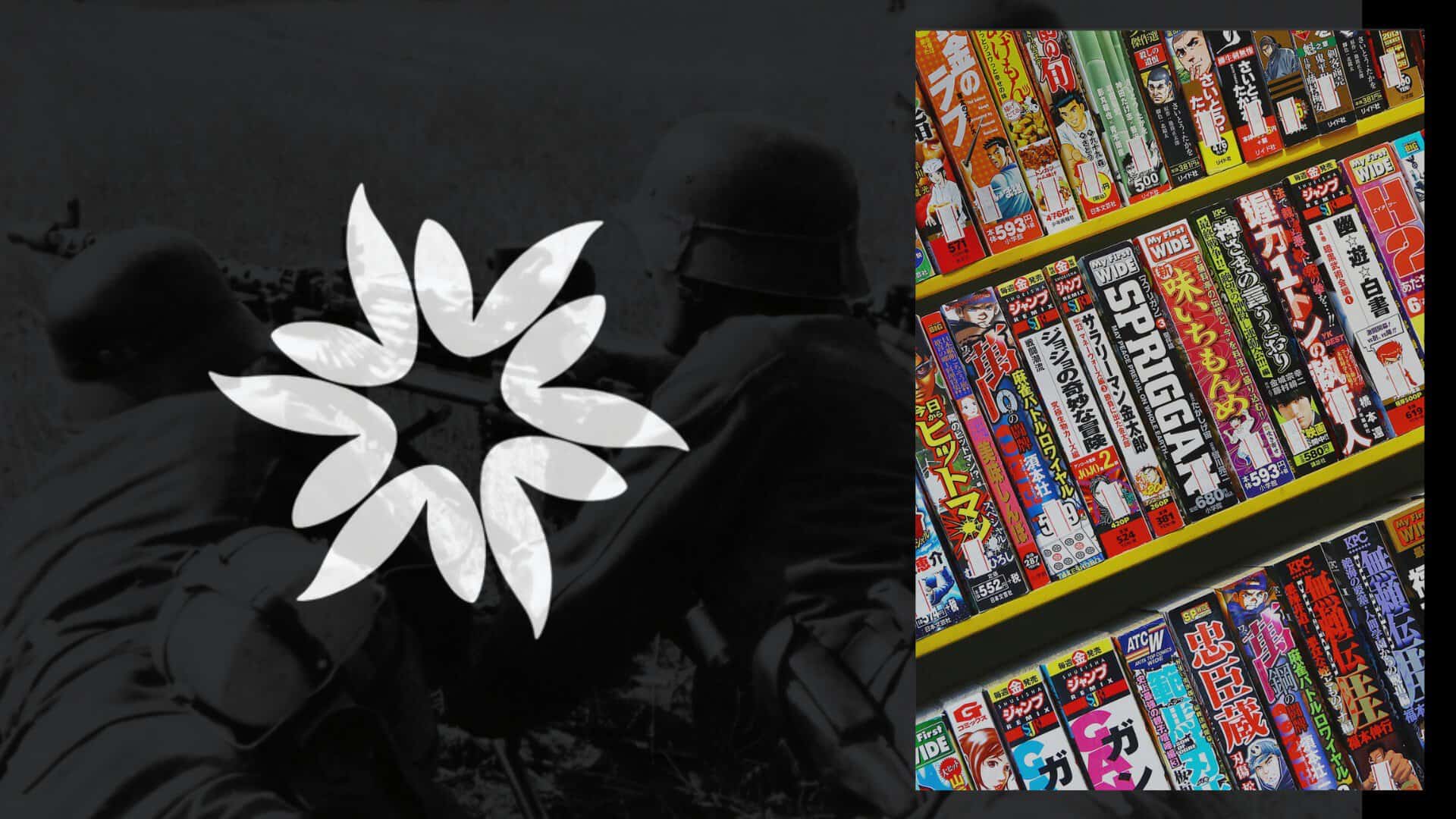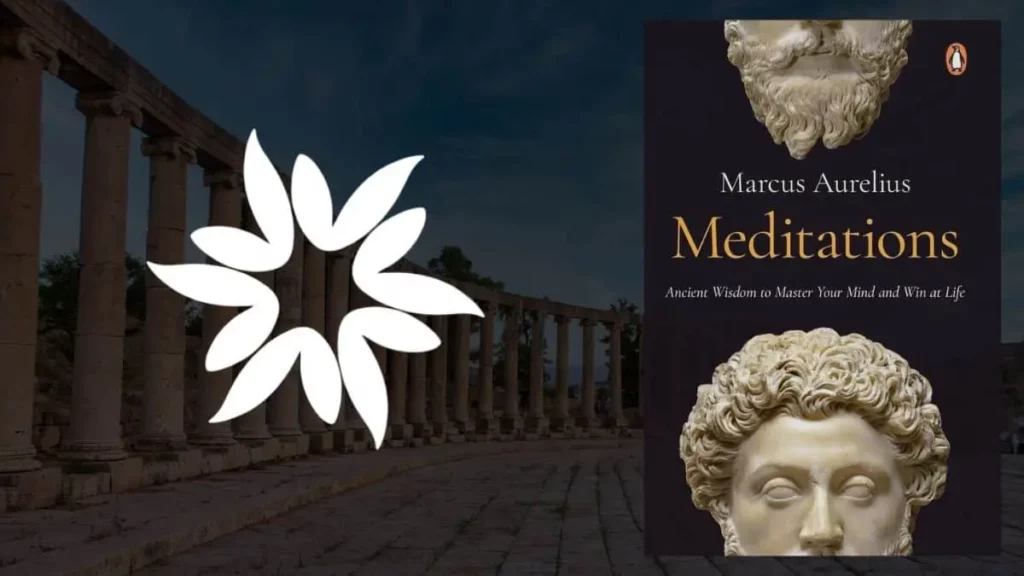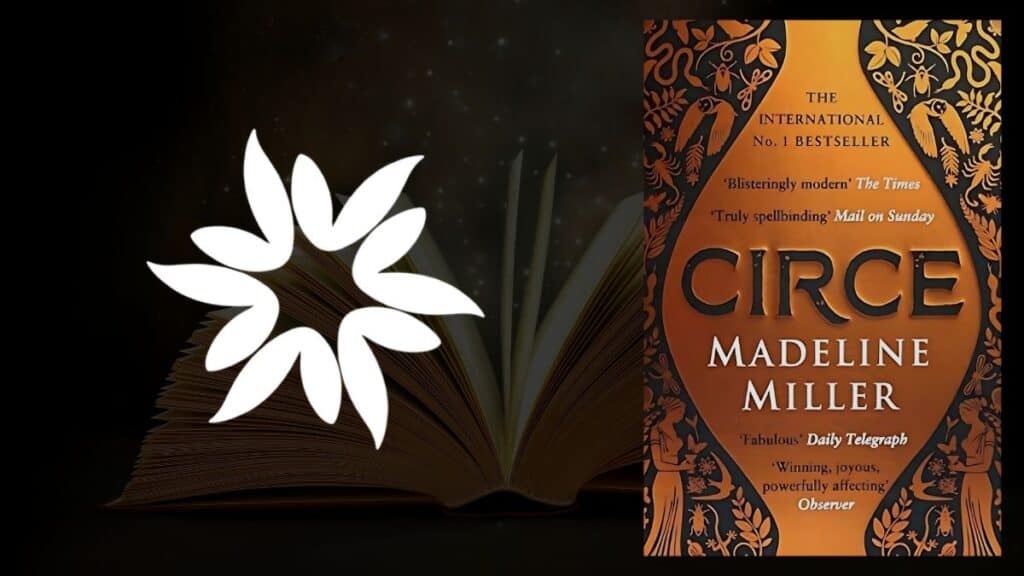Manga shaped post-WWII Japan’s collective memory, reflecting on the atomic bomb’s legacy, cultural shifts, and the rise of nuclear pacifism.
Key Takeaways
- Post-war manga played a crucial role in reenacting war trauma and shaping Japan's new democratic identity, with works like "Astro Boy" and "I Saw It" offering diverse perspectives on the era.
- The atomic bombings led to nuclear pacifism and significant cultural transformations, influencing literature, art, and anti-nuclear movements within Japan.
- Post-war Japan saw a fusion of Western influences with traditional Japanese culture, leading to a creative boom in manga and a remarkable economic recovery.
The Intersection of Tragedy and Creativity
After World War II, Japan was dealing with a lot of poverty and destruction. During this tough time, manga became a very popular and affordable way to entertain people. It was a way for folks to revisit and heal from the sadness of the war, and it helped bring in new ideas about democracy and science that were friendly to America.
The work of Osamu Tezuka with “Astro Boy” and Keiji Nakazawa with “I Saw It,” which tells the story of the Hiroshima bombing from his own experience, shows how manga could capture the complex feelings people in Japan had about the war.
Fumiyo Kono’s story, “Town of Evening Calm, Country of Cherry Blossoms,” looks at how the image of the atomic bomb has changed over time and has become part of how modern Japan sees itself, moving towards seeing the bombing as a tragedy that affects all humans.
Annual Commemorations and Anti-Nuclear Movements
Japan’s annual Hiroshima and Nagasaki Peace Memorial Ceremonies serve as profound reminders of the nuclear bombings’ catastrophic consequences. These events remind everyone about the importance of getting rid of nuclear weapons and living in peace.
This change in thinking, deeply influenced by the bombs’ destruction, has really shaped Japanese culture, politics, and actions, leading to a strong movement against nuclear weapons worldwide. The movement, fueled by the testimonies of hibakusha (bombing survivors), has fostered a rich tapestry of literature and art that explores the themes of nuclear weapons, peace, and the collective memory of the bombings.
Japan After the War: A New Way of Life
After World War II, Japan went through big changes, with new kinds of movies and stories from the West leading to a burst of creativity in manga. This was a time when art and storytelling took new turns, making manga loved by people in Japan and all over the world.
The U.S. occupation aimed to fill Japanese life with American ways, which has had a lasting effect on Japanese movies, music, government, and how the economy works. The introduction of Western culture and changes in government and economy after the war turned Japan into a major player in global culture and economy.
The atomic bomb’s legacy in Japan after World War II is complex and filled with sadness, strength, and change. Manga has become a key way for Japan to remember and process this period, alongside a growing rejection of nuclear weapons and big changes in society.
This time didn’t just change how Japan sees itself but added a lot to worldwide conversations about war, peace, and the human spirit. Through yearly ceremonies, movements against nuclear weapons, and the lasting impact of manga, Japan advocates for a world without the fear of nuclear war, aiming to leave a legacy of peace and strength for the future.








